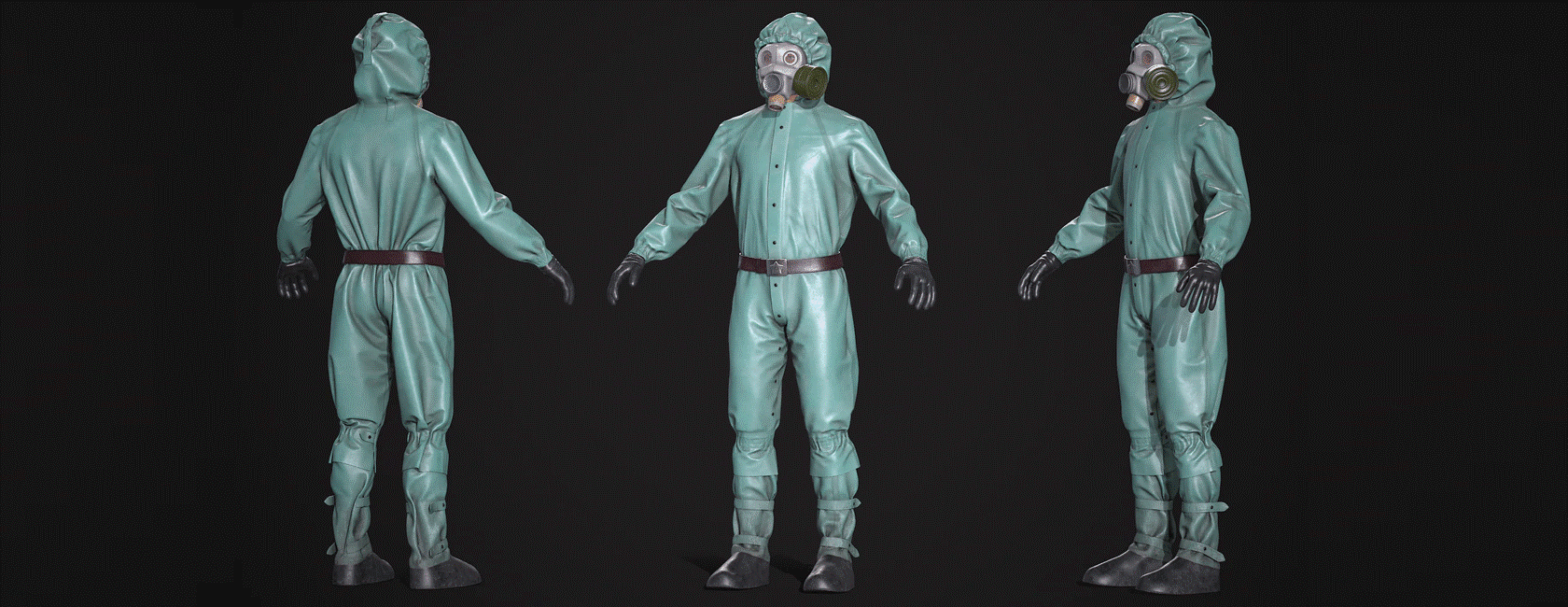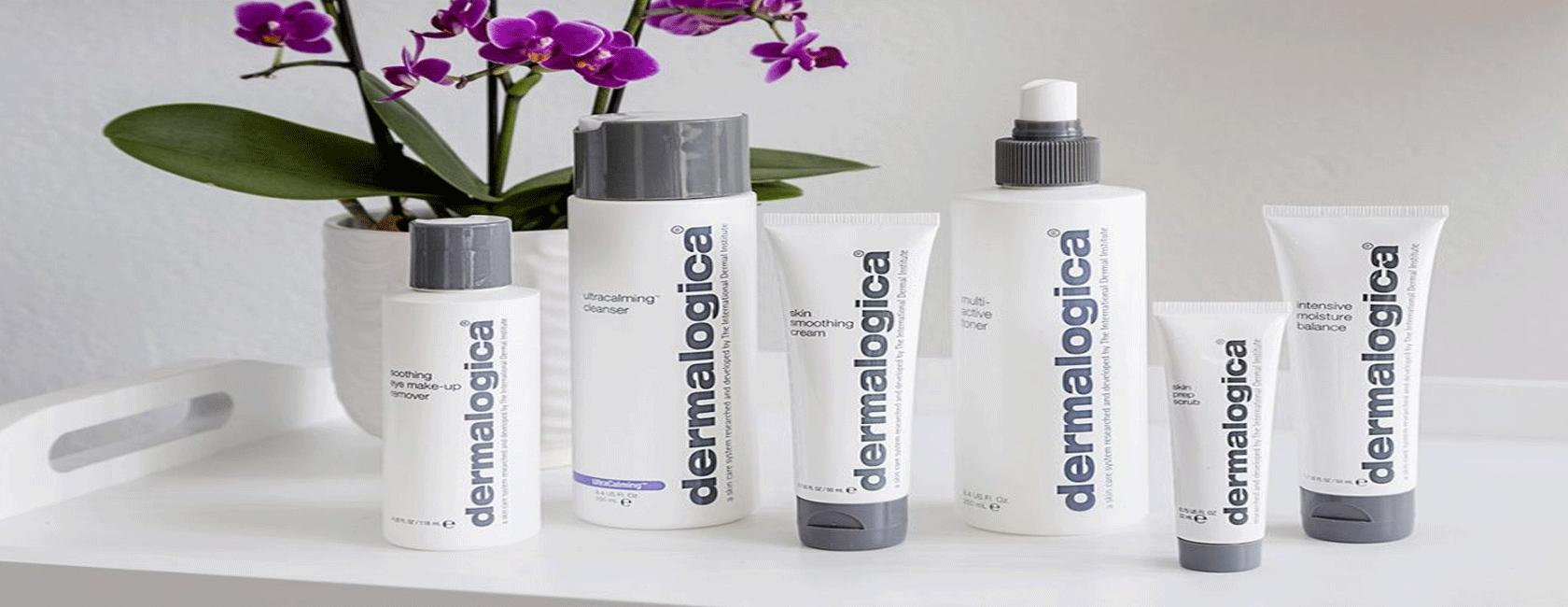
Editor's note: This article is part of budgetgainer.'s 2026 report.
Having a nuclear
survival kit can save your life in the event of a war. You should include the
most important items in your kit: water, fire extinguishers, documents, and
fireproof clothing.
Finding an underground
shelter is the best way to survive a nuclear blast. This is especially true if
you are in a densely populated area.
Potassium Iodide
Despite being a
well-known product in the nuclear industry, potassium iodide is not a magic
pill. It should be taken only in an emergency if it is prescribed by a doctor.
However, it can provide some protection against radioactive iodine.
The thyroid gland is
the most sensitive part of the body to iodine. In the event of a nuclear
incident, the thyroid can become contaminated with radiation. It is estimated
that radioactive iodine can be absorbed into the body for many years. This is
especially true for children.
One possible method
for preventing internal contamination of the thyroid gland is by taking
potassium iodide. While it isn`t a magic pill, it can increase the odds of
survival in a nuclear disaster.
The United States
Nuclear Regulatory Commission (NRC) has recommended the use of KI in
emergencies. Although there are no mandatory requirements to use KI, the NRC
recognizes that state governments play an important role in emergency
preparedness and that the decision to distribute KI is up to the state.
The NRC has also
outlined several key considerations when it comes to distributing KI. It expects
that states will consider KI during the first scheduled review of the state`s
emergency preparations.
According to the NRC,
the distribution of KI should take place as soon as possible after an accident.
Ideally, the KI should be distributed to the population within ten miles of a
nuclear power plant. The earliest time KI can be distributed is in the early
hours of an incident.
The NRC has also
outlined recommendations for the proper use of KI in the event of a radiation
emergency. It advises taking a dose every 24 hours for a few days. If
necessary, multi-doses of KI may be administered.
Although it may not be
the fabled magic pill, potassium iodide is an effective and convenient way to
protect the thyroid gland and the entire body from the effects of radiation
exposure. In addition, it can be obtained over the counter at local pharmacies.
It is available in tablets, powders, and liquid solutions. KI should be stored
in a cool, dark place.
Hazard Mat Suit
Whenever you are
planning to purchase a gas mask, you can save money with MIRA Safety Discount Codes. You can get discounts of up to 18% on your
first order.
This store offers
high-quality gas masks, survival kits, and other protective equipment for
individuals, organizations, and government agencies. It also offers special
discounts for large groups. Moreover, it also offers a 30-day risk-free trial.
There are many
different types of radiation. The most dangerous type is gamma rays. You can
minimize your risk by avoiding areas where there is a high concentration of
radiation. You can also reduce your radiation exposure by sheltering indoors.
If you are in a
location that is close to a nuclear blast, you should seek shelter immediately.
You should also bring an emergency kit with you. This should include a
flashlight, a pair of goggles, a pair of steel-toed boots, water, and food.
You should also have a
radio. A hand-cranked radio is important. It should also have a USB port so
that you can recharge it.
A hazmat suit will
prevent you from being exposed to the most dangerous contaminants. You should
also wear a pair of chemical-resistant gloves.
A hazmat suit can also
be used to protect you from falling debris. These suits have a special material
that allows them to be puncture-proof. They are also easy to decontaminate.
However, they can be prohibitively heavy. They will also limit your mobility.
Another thing you can
do is make sure you have an underground bunker. A bunker should contain a
year`s worth of food and supplies. This will allow you to avoid the worst
effects of nuclear fallout.
Depending on your
location, you might also need to think about what the best evacuation route is.
The closer you are to a nuclear blast, the less likely you will be to have an
easy escape route.
Lastly, you should
consider your local climate. The temperature at the time of a nuclear explosion
can be quite unpredictable. It can even cause firestorms. If you are in an area
with a high chance of falling debris, it might be a good idea to get into a
basement or crawlspace.
HAM Radios
Among preppers, HAM
radios are a clear choice. They can access HF (high frequency) and shortwave
frequencies. They can also access aviation, marine, business, and first responder
frequencies. They can also receive NOAA weather radio transmissions.
The range of a ham
radio is far greater than a CB or an FRS radio. In general, ham radio can
outdistance these types of radios by a mile. A ham radio can also transmit on
all MURS and GMRS frequencies. A ham radio can even call circling search
planes.
Another benefit of
using a ham radio is that it can be used for two-way communications. This is
important in an emergency. For example, if you are injured in a nuclear
detonation, you can call your healthcare provider for instructions. You will
also need to contact your employer if you are staying in a public shelter.
In the event of a
nuclear detonation, the damage will be noticeable only if the explosion is
close to the ground. High-altitude nuclear detonations are less likely to cause
significant damage, but they can incinerate electronics.
For a long time, the
Wouxun KG-UVD1P Dual Band UHF/VHF Amateur Radio has been a favorite of hams.
Its rugged design makes it ideal for emergencies. The radio has 128 channels
and features a high-illumination flashlight, stopwatch, FM radio, and more.
Another great option
is the Icom IC-705. It has GPS, Bluetooth, a touch screen, Wi-Fi, and real-time
spectrum scope. It can output up to 5 watts from a battery, and it can operate
on 2m and HF frequencies. The radio has a battery charger, a built-in GPS, and
a USB port.
The Xiegu X1505 is a
well-regarded budget model. The radio has a few of the best-regarded built-in
antenna tuners. Similarly, the Elecraft KX2 is the only HF radio made in the
United States.
While a ham radio can
be a great way to communicate in an emergency, it is illegal to use it on
emergency frequencies. For that reason, the best choice is to have a ham radio
that can be stored in your car. You will need to be sure that the radio is
waterproof and has a MIL-STD-810 rating. You should also be sure to have an
IP54 rating, which is designed to withstand rain, dust, and vibrations.
CM-7M
CM-7M is a tactical
gas mask that provides comprehensive protection against CBRN agents. It uses
military-grade technology to reduce carbon dioxide content, regulate inhaled
airflow, and protect the user from fogging. It also protects the user from
hazardous chemicals. It’s available at Accessories Discounts.
Duct Tape
During the Gulf War,
Israelis used duct tape to seal off rooms. This was a good idea, as experiments
showed that chemical warfare agents take hours to seep through the seal. In
addition, it made it easier to restrain people.
In the United States,
the Department of Homeland Security has advised Americans to create safe rooms
in their homes. The first step in a nuclear emergency is to seek shelter. It`s
important to have a plan for your family, including a bug-out kit. These kits
should include essential medications, food, and water. It`s also important to
have a battery-powered radio. If you don`t have a shelter, go to a basement or
crawlspace, where you can hide.
You should also make
sure that all your windows and doors are sealed. In real-home tests, sealing a
door reduced airflow by about two-thirds, and it only took about 40 minutes.
It`s also a good idea to use plastic sheeting to help keep out the fallout.
Other survival tips
for nuclear disasters are to keep air vents closed, take shelter underground,
and use a battery-powered radio to communicate. In the first few minutes after
a blast, the greatest threat to your health is from radiation.
The most dangerous
type of radiation is gamma rays. You`ll also want to have potassium iodide
pills, which account for only a fraction of the radiation emitted by fallout.
While duct tape is not
a magic cure for all nuclear disasters, it is a lifesaver during emergencies.
It`s a good idea to have one of these kits in your home, even if you don`t live
in an area that`s considered high-risk. It`s also a good idea for anyone who`s
traveling to a remote location.
The Department of
Homeland Security has stood by its advice, but critics argue that the
government is not funding its efforts. They also argue that the government
should involve the public in its plans to protect itself.
The Bush
administration`s advice is common sense. If you`re not prepared to survive a
nuclear disaster, you`ll be more at risk when there`s a terrorist attack.
Conclusion
Having a survival kit
that protects you from nuclear warfare radiation should be a priority for
everyone, especially if you live in an area where radiation is a concern. Here
are five of the best kits that will help you prepare for a nuclear attack.
Â
Â







